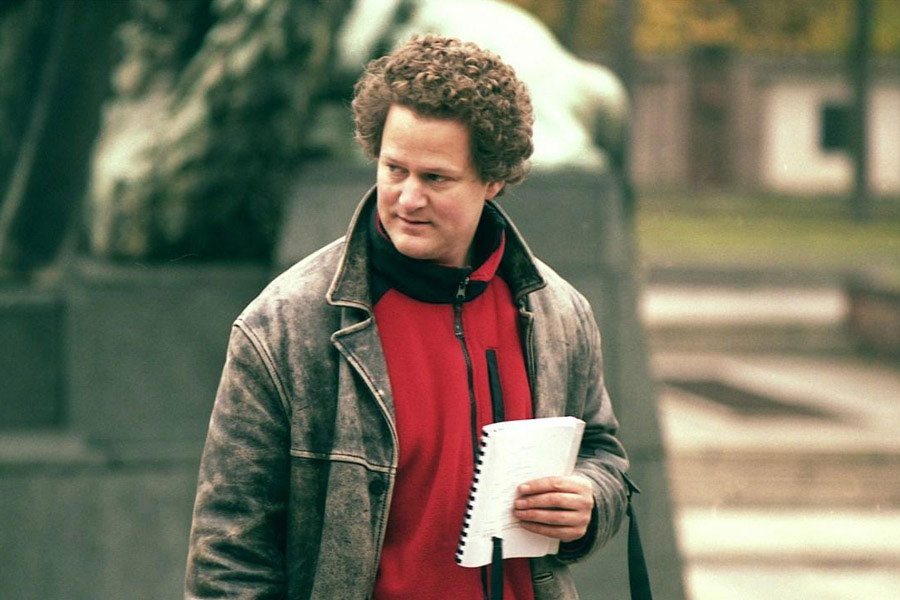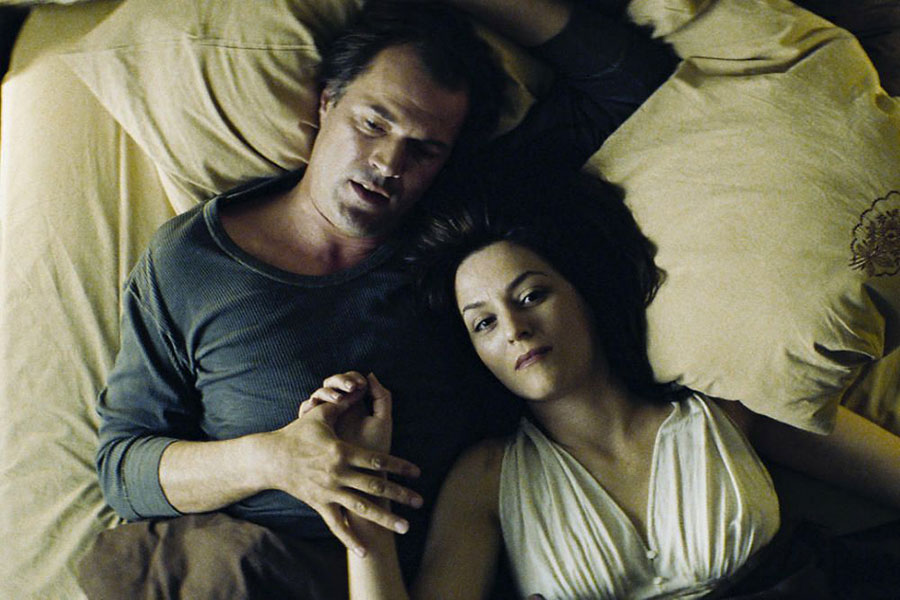German filmmaker Florian Henckel von Donnersmarck is a unique case. His debut full-length feature film won countless awards internationally, including an Oscar for Best Foreign Language Film. With the acclaim, came Hollywood and off he went. Where some filmmakers are prolific, Donnersmarck is far more selective. So this month, let’s get to know Florian Henckel von Donnersmarck and practice German with film!
About Florian Henckel von Donnersmarck
Born in Cologne on May 2, 1973, Florian Henckel von Donnersmarck comes from a life of privilege. He spent his childhood around the world in places like New York City, Brussels, and West Germany. Donnersmarck holds degrees in business, politics, and economics. And it wasn’t until he was in his twenties before he pursued film as a career. He studied film in Munich and served as an apprentice to director Richard Attenborough during the filming of In Love and War. And thus a film career was born.
To date, Donnersmarck has a mere three full-length feature films to his name. With the commercial and critical acclaim of his debut (The Lives of Others), he went west. His second film was the Johnny Depp and Angelina Jolie film The Tourist, an English language remake of a French film. But after a single film in Hollywood, Donnersmarck returned to his native Germany.
The Lives of Others (Das Leben der Anderen)
The Lives of Others is set in 1984 East Germany where the Stasi is apart of everyday life: whether you know it or not. A Stasi officer becomes both consumed and disenchanted with his assignment monitoring the most private moments of a celebrated playwright, George Dreyman portrayed by Sebastian Koch. The officer becomes so disenchanted, in fact, that he tries to protect the man he’s assigned to surveil. The Lives of Others is a thrilling drama about the race to remain secret and shows just how much power those in control had. The film also stars Martina Gedeck and Ulrich Tukur.
Never Look Away (Werk ohne Autor)
2018’s Never Look Away isn’t a biography of German painter Gerhard Richter. But the artist is more than mere inspiration. In the film, artist Kurt Barnert (portrayed by Tom Schilling) has fled to West Germany but is still dealing with the traumas he experienced under the Nazis during World War II and then under the communists in East Germany. After meeting a young woman, Barnert decides to use his art to explore and exorcise what his generation has experienced.
Practice practice practice! Discover other great German language actors and actresses previously featured.
This post contains affiliate links.


